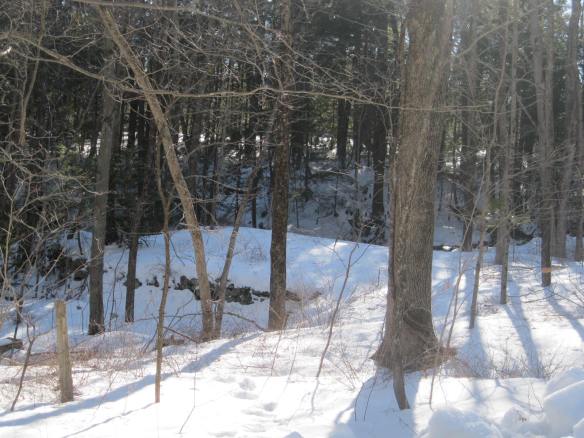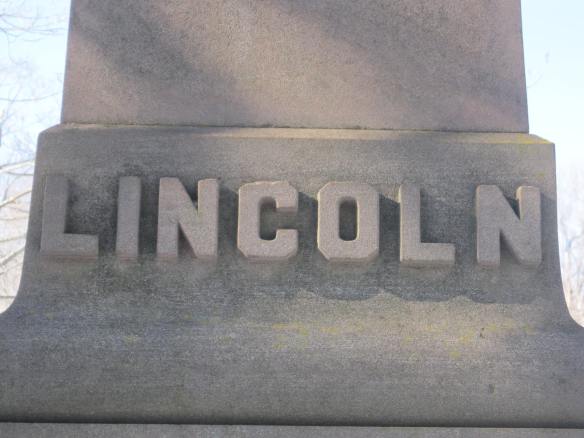A recurring theme of this blog has been that street names have a lot to tell us.
 Such is the case with Northfield’s Knife Shop Road. Here, on the Humiston (or Humaston) Brook mill pond, once stood Litchfield’s largest business.
Such is the case with Northfield’s Knife Shop Road. Here, on the Humiston (or Humaston) Brook mill pond, once stood Litchfield’s largest business.
 The Northfield Knife Company was established in 1858, taking advantage of the water power and access to the Naugatuck Railroad. In the post-Civil War era the company produced over 12,000 knives per year.
The Northfield Knife Company was established in 1858, taking advantage of the water power and access to the Naugatuck Railroad. In the post-Civil War era the company produced over 12,000 knives per year.
 It employed 120 workers, many of whom were highly trained experts from Sheffield, England, then world-renown for its excellence in steel-knife production. (In fact, when a proposal was made in 1866 to incorporate Northfield as a separate town, one opponent argued before the state legislature that the English cutlers weren’t fit to be citizens of a town!)
It employed 120 workers, many of whom were highly trained experts from Sheffield, England, then world-renown for its excellence in steel-knife production. (In fact, when a proposal was made in 1866 to incorporate Northfield as a separate town, one opponent argued before the state legislature that the English cutlers weren’t fit to be citizens of a town!)
The mill dam brought other businesses to Northfield as well, most prominently a feed and fertilizer mill run by Jeremiah Peck. The growth of these two businesses led to a corresponding growth in Northfield’s population, and factory housing appeared in town. In 1865, for example, the Northfield Knife Company spent $5,000 to erect five homes for employees on Main Street.
 Northfield knives live on as Northfield UN-X-LD, a division of Great Eastern Cutlery. Today they are made in Titusville, Pennsylvania. The mill pond in Northfield remains, however, testimony to the industrial heritage of this area and to the Northfield Knife Company, an internationally-known business whose knives were featured at the 1893 World’s Columbian Exposition in Chicago.
Northfield knives live on as Northfield UN-X-LD, a division of Great Eastern Cutlery. Today they are made in Titusville, Pennsylvania. The mill pond in Northfield remains, however, testimony to the industrial heritage of this area and to the Northfield Knife Company, an internationally-known business whose knives were featured at the 1893 World’s Columbian Exposition in Chicago.
Much of the information presented on Northfield’s industrial history is derived from Rachel Carley’s excellent Litchfield: The Making of a New England Town.








